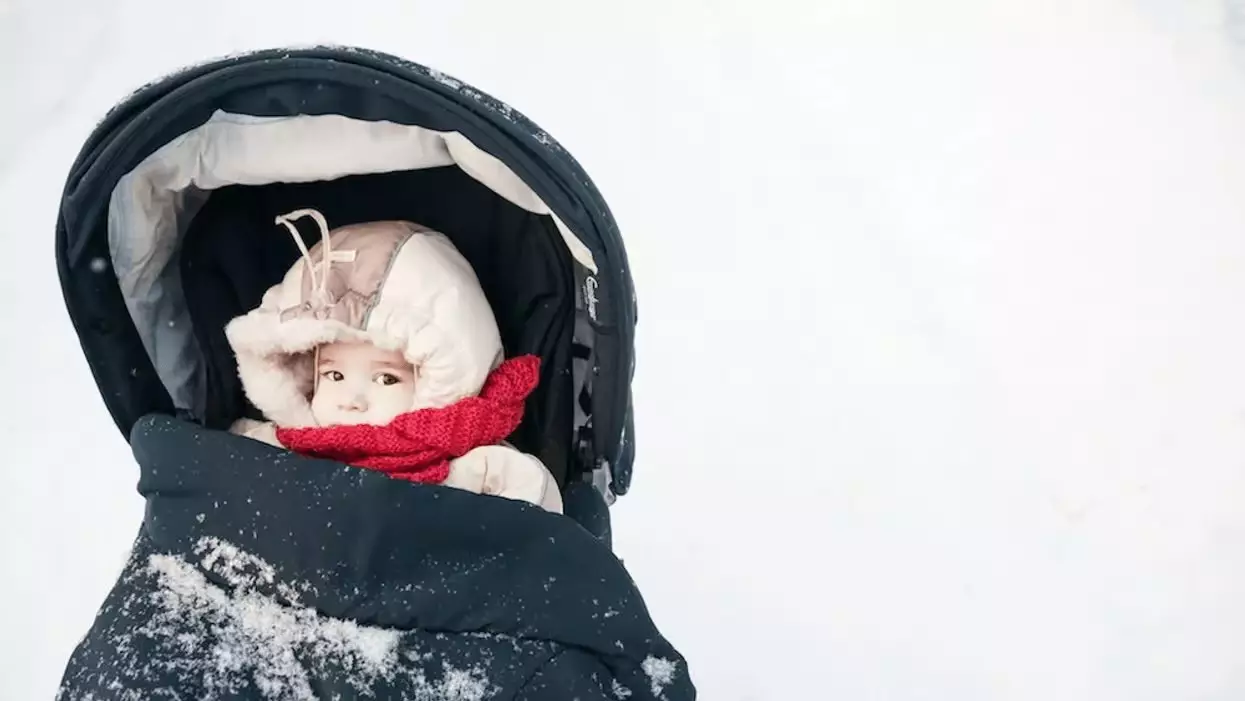As winter descends, the allure of snow-covered landscapes and crisp, fresh air beckons families outdoors. However, with colder temperatures and shorter days, parents face the dual challenge of keeping their little ones entertained while ensuring safety and comfort. When it comes to winter activities, cautious planning becomes essential, especially when bringing infants along for daily adventures. The cold can be harsh on these tiny bodies, and understanding how to protect them is crucial.
Understanding Cold Sensitivity in Infants
It’s a well-known fact that infants are more susceptible to temperature fluctuations than adults. Their inability to regulate body heat effectively makes them prone to hypothermia, a condition defined by a critical drop in body temperature below 95°F. This heightened vulnerability stems from their proportionately larger body surface area and lower levels of insulating fat. According to experts from the American Academy of Pediatrics, this makes it vital for parents to be vigilant when considering outdoor adventures in freezing temperatures.
Parents often grapple with questions about the appropriateness of taking their infants outside when the thermostat reads low. While it’s important to exercise caution, bundling up and stepping out can still be enjoyable and safe with the right strategies in place. However, a good rule to follow is that when it comes to outdoor exposure, less time outside translates into less risk for your precious one.
To fend off the bite of winter, dressing infants in layers is paramount. Each layer serves as an insulator, trapping warmth close to the body. However, it’s important to walk the fine line of layering appropriately—overdressing can lead to overheating, which poses its own dangers. As a general guideline, infants should wear one layer more than what feels comfortable for adults. For example, if a warm long-sleeve shirt is sufficient for you, then your baby should ideally have one underneath, accompanied by a cozy jacket or blanket.
A stroller outing calls for extra precautions. After dressing your child in warm clothes, consider adding a blanket or a stroller cover to keep them snug. This simple step can make all the difference in maintaining warmth while still enjoying an outdoor experience.
Safety Precautions for Outdoor Activities
When planning any outdoor activity in winter, it’s vital to dress infants appropriately, but don’t overlook protective accessories. Hats, mittens, and thermal footwear are critical to safeguarding the body’s extremities, which are often more vulnerable to the cold. Make sure to also keep a keen eye on your baby’s car seat setup: avoid placing thick winter coats beneath the harness as it can compromise security in the event of a collision.
As temperatures dip near or below freezing, parents must seriously consider limiting outdoor exposure. The American Academy of Pediatrics suggests avoiding long outings when it’s extremely cold—specifically when temperatures drop below 20°F. Wind chill can exacerbate the situation, making it feel even colder. Keeping an eye on weather conditions will help parents make better decisions about outdoor activities.
Indoor Comfort: Creating a Safe Haven
While going outdoors can be refreshing, maintaining warmth inside the home is equally important. The ideal indoor temperature for infants generally falls between 68°F and 72°F. While soft blankets can seem inviting for cuddling, they also carry the risk of sudden infant death syndrome (SIDS). For overnight warmth, sleep sacks designed for infants offer a safer alternative without the hazards associated with loose bedding.
Parents should remain vigilant and recognize symptoms of hypothermia, which may not always be obvious. Signs include weakness, slurred speech, or unusually low energy. Promptly addressing any concerning symptoms by seeking medical advice can be crucial to your infant’s health.
Being proactive means planning ahead for any unforeseen circumstances. An emergency kit in the car equipped with winter essentials like blankets, bottled water, and snacks can be invaluable. Moreover, keeping your gas tank full and ensuring the car is well-maintained can prevent breakdowns in less-than-ideal weather conditions.
If you do decide to venture outside, apply baby-safe lotions to exposed skin to protect against harsh winter wind. A humidifier can provide additional comfort when inside, helping to maintain a moist environment that promotes respiratory ease during the dry winter months.
Winter can be a magical time for families–a season of play, exploration, and bonding. By adopting safety measures, dressing in appropriate layers, and staying attuned to your baby’s needs, you can navigate the chilly months with confidence. Embrace the cozy moments with your little one, even if that means enjoying indoors on particularly cold days. With careful planning, the joys of winter can be shared together, creating treasured memories that will last a lifetime. Now, breathe in the frosty air, savor the warmth of a hot drink, and look forward to the adventures that await when spring finally arrives.

